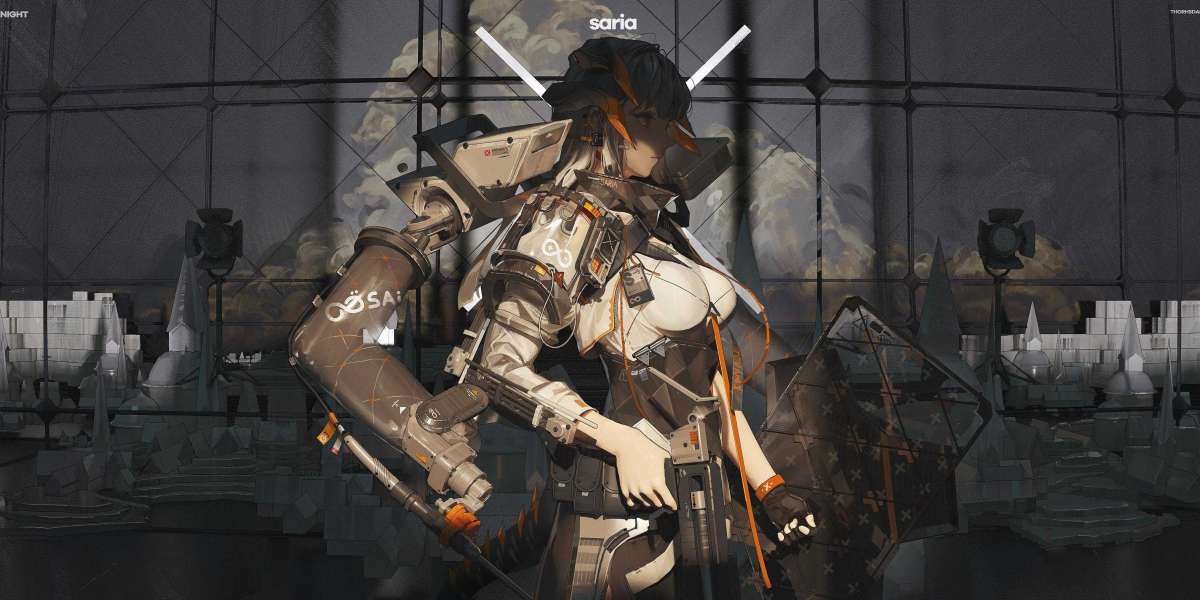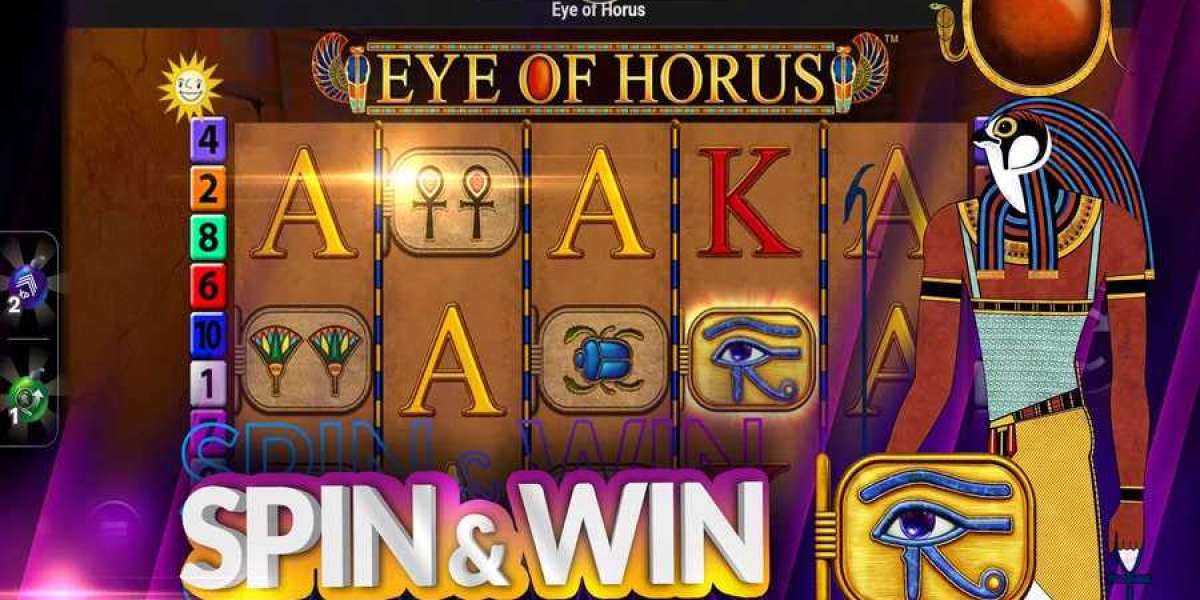The Rise of Virtual Item Gambling
Virtual item gambling has become a hot topic in the gaming industry, captivating players and sparking debates worldwide. This controversial practice involves the use of virtual items, such as skins, loot boxes, and in-game currency, as a form of gambling. Players can acquire these items through gameplay or purchase them with real money, and then use them to participate in various forms of gambling within the game.
The Controversy Surrounding Virtual Item Gambling
Virtual item gambling has attracted significant attention due to its potential negative impact on players, particularly young individuals. Critics argue that it resembles traditional forms of gambling and can lead to addictive behavior, financial loss, and even gambling-related disorders. The lack of regulation and oversight in this area has raised concerns about the ethical implications and potential exploitation of vulnerable players.
The Mechanics of Virtual Item Gambling
Virtual item gambling takes various forms, each with its own mechanics and risks. One popular method is the use of loot boxes, which are virtual containers that can be purchased or earned in-game. These boxes contain random virtual items, and players have the chance to obtain rare or valuable items. This element of chance and the allure of obtaining rare items creates a gambling-like experience.
Another form of virtual item gambling is skin gambling, where players can bet and trade virtual weapon skins. These skins can have real-world value and can be sold or traded on third-party platforms. Players can participate in skin gambling by wagering their skins on various games of chance, such as roulette or jackpot. The outcome of these games determines the winner and the distribution of the skins.
The Impact on the Gaming Industry
Virtual item gambling has had a profound impact on the gaming industry. It has become a lucrative business, with some estimates suggesting that the global market for virtual item gambling is worth billions of dollars. However, the controversy surrounding this practice has led to increased scrutiny and calls for regulation.
Game developers and publishers are now facing pressure to address the concerns surrounding virtual item gambling. Some have implemented measures to increase transparency and provide players with more information about the odds of obtaining certain items. Others have removed or restricted the ability to trade virtual items on third-party platforms to mitigate the risks associated with skin gambling.
Despite the controversies, virtual item gambling continues to be a prominent feature in many popular games. It offers players the excitement of chance and the opportunity to obtain rare and valuable items. However, it is crucial to approach virtual item gambling with caution and to be aware of the potential risks involved.
Conclusion
Exploring the controversial world of virtual item gambling in gaming reveals a complex landscape filled with both excitement and concerns. The rise of virtual item gambling has sparked debates about its impact on players and the need for regulation. As the gaming industry continues to evolve, it is essential to strike a balance between providing enjoyable experiences for players and ensuring their well-being.



